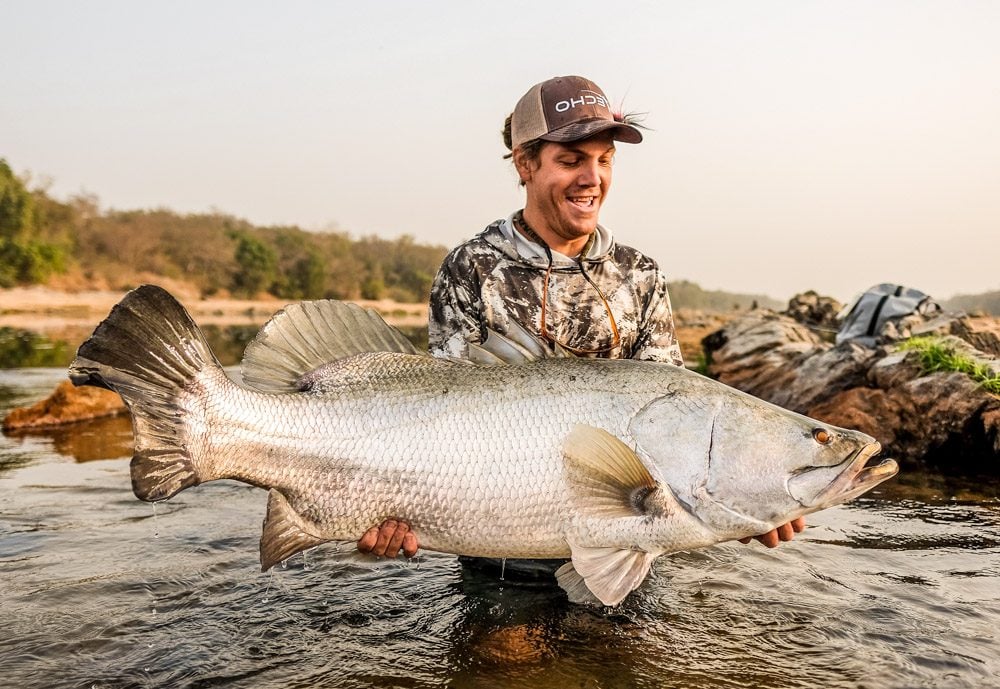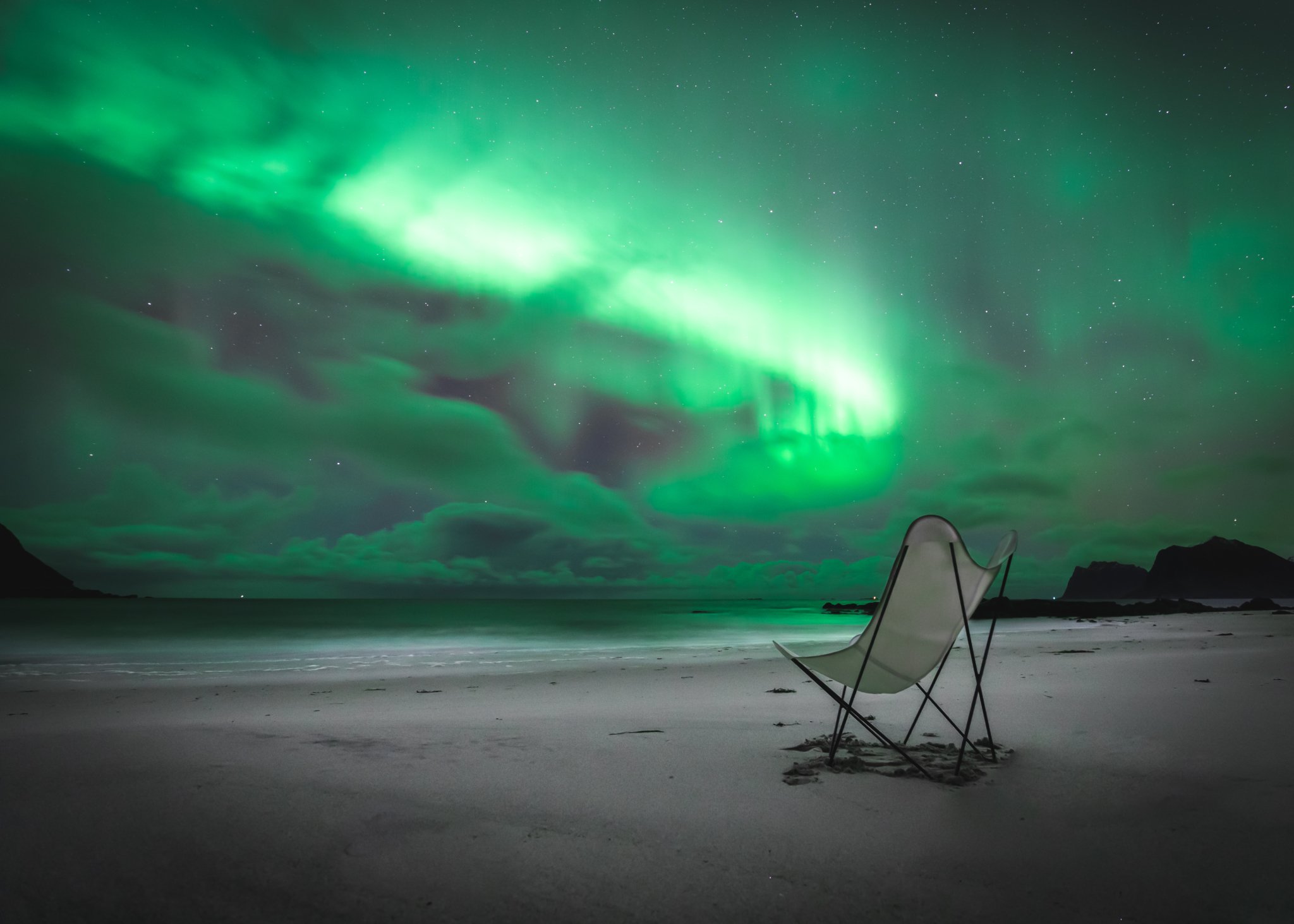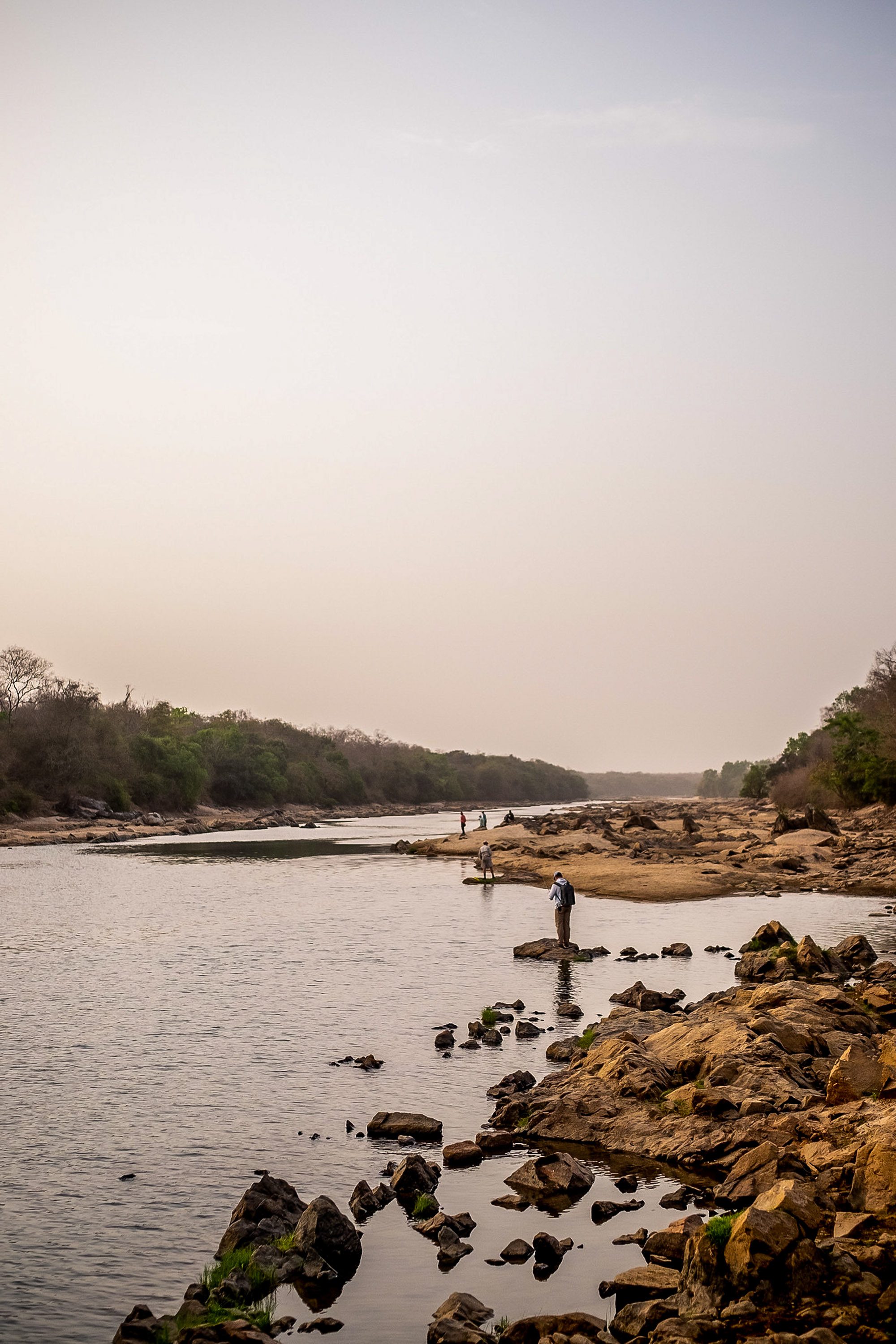

Cameroon is a country in central Africa which borders six countries, including the Central African Republic, the Republic of the Congo, Chad, Equatorial Guinea, Nigeria, and Gabon. Covering an area of 475,442 square kilometres, the country is often referred to as Africa in miniature, as its home to all the major climates and vegetation of the continent in one area: the coast, the desert, mountains, rainforest, and savannah. Thus, a journey to Cameroon offers the rare opportunity to see a piece of Africa reminiscent of how the continent used to be.
The countries coastline lies on the Bight of Biafra, part of the Gulf of Guinea and the Atlantic Ocean and runs for over 360 kilometres. Its range of beaches and estuaries offer some fantastic saltwater fishing. However, it’s the countries rivers and freshwater lakes that grabs the attention of anglers. With incredible biodiversity, the countries rivers are not only of enormous importance to the local communities, but they also offer the travelling freshwater fly fishing angler an almost unlimited range of angling opportunities.
Throughout time its vast rivers like the Congo, Benue, and Chari have been famed for their unrivalled Tigerfish and Yellowfish sport; however, in recent years, the countries Nile Perch populations have put the country on the map as a sport fishing destination. The Faro river, a tributary of the Benue, and a relatively new fishing operation has already produced fly-caught Nile Perch to over 100kg.


Challenge your fishing ability in the wilds and experience the African bushveld at its best. Gassa Camp in Cameroon isn't about catching fish after fish, but it will present you with the opportunity to cast giant flies in the hope of catching a monster Nile Perch, and there's an excellent chance you'll achieve this and more.


Average Customer Satisfaction Score 97%


The best fishing in Cameroon is on the Faro River, a tributary of the Benue and a relatively new fishing operation.
On the river during the fishing season, two separate camps operate on neighbouring private concessions. Doing this allows the camps to effectively manage over 100 kilometres of the river under a unified fishery management plan and combined anti-poaching effort.
The fishing pressure is spread over the two camps equally, and each gets divided into four beats, all rotated throughout the season to allow large area’s of rest for each section of the river. As a result, both camps never get fished simultaneously.
Despite having been only fished for a few years so far, the Faro has already produced some incredible fishing results, with Nile Perch over a metre in length.
The main species that travelling anglers target when fishing in Cameroon is, without a doubt, the Nile Perch. These fish can grow to over six feet in length and are super aggressive and strong, often hitting flies with a brutal hit and run. The largest landed at our operation on the Faro was a monster that bottomed the scales out at 100kg. The species are native to the Congo, the Nile, the Niger, and many river basins in between. They used to be more widespread and abundant, but severe habitat destruction and relentless overfishing have severely impacted populations around the globe. Catching these fish in the wild is one of the reasons why fishing in Cameroon is so popular.
As well as the Nile Perch, there are also plenty of other species that will readily eat an angler’s fly, including the famous African Tigerfish. These ferocious, toothy predators are a valuable species and worthy of targeting as a stand-alone trip – but with 1-meter long Nile Perch on the menu, they become the perfect distraction for anglers waiting for the last light. On the Faro River, there are three different species of Tigerfish to target.
For the Nile Perch fishing in Cameroon, many of the biggest fish are landed at dusk and into darkness. Therefore, anglers generally fish for the smaller species like the Tigerfish and Yellowfish during the daylight hours before turning their attentions to the Nile Perch as night begins to fall.
Fly fishing at night requires casting by feel rather than sight, and standing under the stars, immersed in the sounds of the African wilderness, is a raw, edgy experience that’s wild in every sense. It may seem scary at first, but the risks from wildlife while fishing is extremely low, and the guides and staff are close at hand and run over to help the moment you hook up.
Fishing for Nile perch, on foot, in big game territory, is as wild an experience as you are likely to encounter with a fly rod in hand and is quickly becoming an experience that is making its way on to many travelling anglers wishlists.
There are four seasons in Cameroon, Africa – a light rainy season from May to June, a short dry season from July to October, a heavy rainy season from October to November, and a long dry season from December to May.
The best fishing occurs during the long dry season, and the peak months are considered between January and April. During this time, the rivers tend to be low and clear, and temperatures hot and dry.
The majority of the fishing is done on foot, wading the rivers and negotiating the terrain, so it’s beneficial to have a reasonable fitness level. Also, being such an unexplored, untouched, wild area, some of the landscapes can be hard at times and some of the area’s covered with sharp uneven rocks.
The days can be pretty long and hot, with temperatures in the mid-’30s, and fatigue can sometimes set in; however, this destination offers the adventurous angler the opportunity to experience a setting and culture like no other.
As you’d expect, Cameroon isn’t the most accessible place for travelling anglers to visit with its wild and remote nature. Flights leave from the UK, stopping over in Brussels, before arriving in Douala. Due to the timing of connecting flights, there’s an overnight stop in Douala before flying to Garoua the next day. Once in Garoua, there’s another overnight stop before taking the four to five-hour journey to the remote riverside camps on the Faro River the following day.











